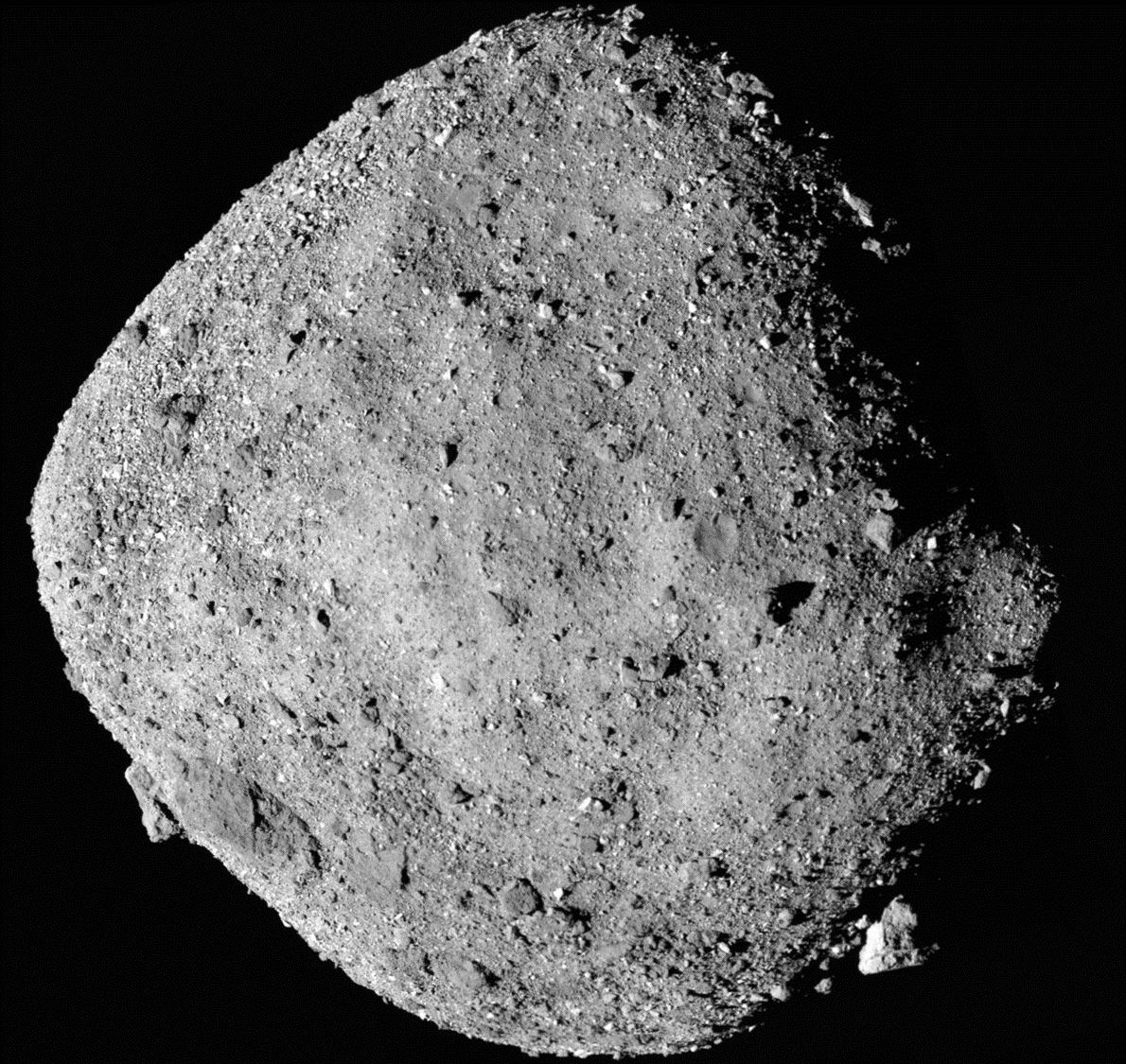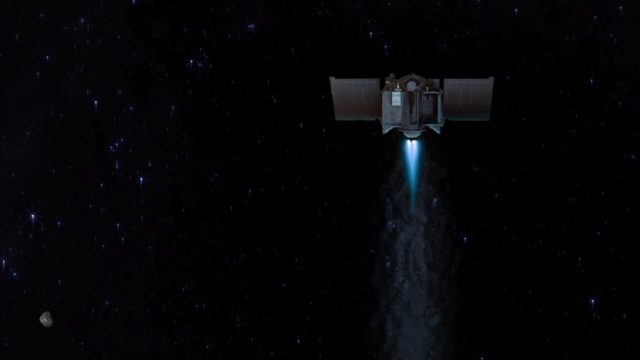Yesterday, NASA’s OSIRIS-REx spacecraft passed by the asteroid Bennu for the last time, ending its two-and-a-half-year relationship with the space rock. But OSIRIS-REx is still lingering in the asteroid’s vicinity, as if hesitant to embark on its roughly 320-million-kilometre return to Earth. That trip will begin in early May.
OSIRIS-REx is carrying precious samples from the asteroid and should arrive back on Earth on September 24, 2023.

“Leaving Bennu’s vicinity in May puts us in the ‘sweet spot,’ when the departure manoeuvre will consume the least amount of the spacecraft’s onboard fuel,” said Michael Moreau, a deputy project manager for the OSIRIS-REx mission at NASA’s Goddard Space Flight Centre in a statement. Moreau added that it the largest propulsive manoeuvre the spacecraft engaged in since first approaching Bennu in October 2018.
As OSIRIS-REx departed its familiar orbit, it captured images of the asteroid’s surface from about 3 km away. NASA researchers hope these will show how Bennu’s surface changed after OSIRIS-REx’s sample collection, which required the spacecraft blast material off the rock’s surface.
The “Touch and Go” (TAG) sample collection on October 20, 2020 was a success, but the team added the flyby to their departure schedule to get a look at how they may have altered the asteroid surface. The flyby was nearly six hours, covering more than a full rotation of the asteroid.

“By surveying the distribution of the excavated material around the TAG site, we will learn more about the nature of the surface and subsurface materials along with the mechanical properties of the asteroid,” said Dante Lauretta, a planetary scientist at the University of Arizona and the principal investigator for OSIRIS-REx, in a NASA press release.
We’ll be staying tuned for those latest images, which should come out in about a week. The spacecraft shares the antennae for Earthbound communiques with the Perseverance rover, which is also busy sending back messages at the moment. So it may take some time.
There’s about a month to go before OSIRIS-REx begins its return trip. Hopefully those last asteroid images will be enough to keep us intrigued until September 2023.
